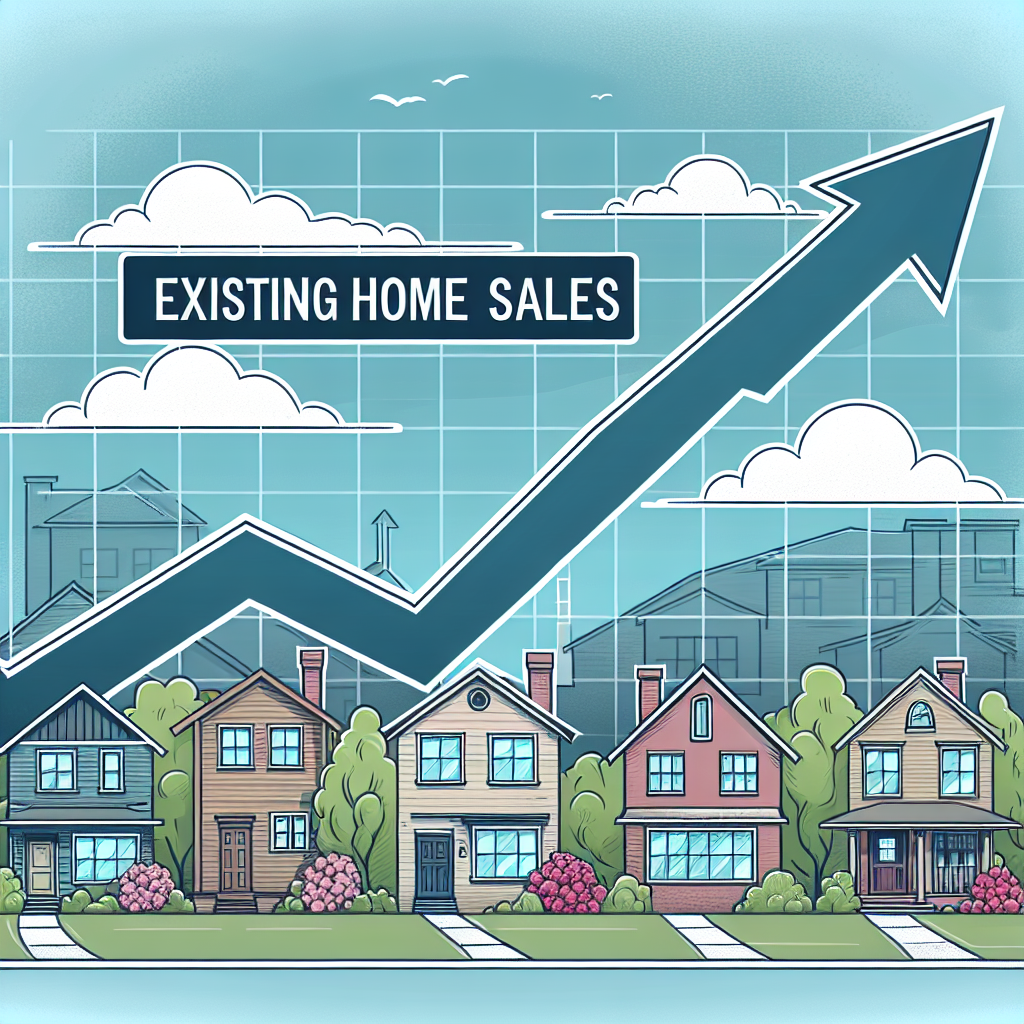NAR Indicates Potential Recovery as Existing-Home Sales Increase
NAR Indicates Potential Recovery as Existing-Home Sales Increase
The real estate market has been a rollercoaster over the past few years, with fluctuating interest rates, economic uncertainties, and a global pandemic impacting buying and selling trends. However, recent data from the National Association of Realtors (NAR) suggests a potential recovery in the housing market, as existing-home sales have shown a notable increase. This article delves into the factors contributing to this trend, the implications for buyers and sellers, and what the future might hold for the real estate sector.
Understanding the Current Market Dynamics
Existing-home sales are a critical indicator of the health of the real estate market. According to the NAR, there has been a significant uptick in these sales, suggesting a shift in market dynamics. Several factors contribute to this trend:
- Interest Rates: After a period of rising interest rates, recent adjustments by the Federal Reserve have led to more favorable borrowing conditions, encouraging potential buyers to enter the market.
- Economic Recovery: As the economy continues to recover from the pandemic-induced slowdown, consumer confidence is on the rise, leading to increased activity in the housing market.
- Inventory Levels: While inventory remains below pre-pandemic levels, there has been a slight increase in available homes, providing more options for buyers.
Case Studies: Regional Variations in Home Sales
While the national trend is positive, it’s essential to consider regional variations in home sales. Different areas are experiencing unique challenges and opportunities:
- Sunbelt States: States like Florida, Texas, and Arizona have seen a surge in home sales due to favorable weather, lower taxes, and a growing job market.
- Urban vs. Suburban: The pandemic has shifted preferences, with many buyers opting for suburban areas offering more space and remote work opportunities.
- Coastal Regions: Despite high prices, coastal areas continue to attract buyers due to their desirable locations and lifestyle offerings.
Implications for Buyers and Sellers
The increase in existing-home sales has several implications for both buyers and sellers:
- For Buyers: The rise in sales indicates a competitive market, requiring buyers to act quickly and make strong offers. However, favorable interest rates can make homeownership more affordable.
- For Sellers: Increased demand can lead to higher home prices, providing an opportunity for sellers to maximize their returns. However, they must also be prepared for potential challenges in finding a new home.
Future Outlook: What Lies Ahead?
While the current trend is promising, several factors could influence the future of the housing market:
- Economic Policies: Government policies on taxation, housing incentives, and interest rates will play a crucial role in shaping the market.
- Technological Advancements: Innovations in real estate technology, such as virtual tours and online transactions, could further streamline the buying and selling process.
- Demographic Shifts: As millennials and Gen Z enter the housing market, their preferences and financial capabilities will impact demand and supply dynamics.
Conclusion
The recent increase in existing-home sales, as reported by the NAR, signals a potential recovery in the real estate market. While challenges remain, favorable interest rates, economic recovery, and shifting buyer preferences are driving this positive trend. Both buyers and sellers must stay informed and adaptable to navigate the evolving landscape. As we look to the future, economic policies, technological advancements, and demographic shifts will continue to shape the market, offering new opportunities and challenges for all stakeholders involved.



